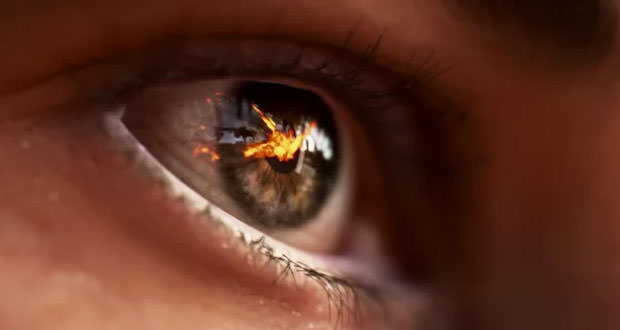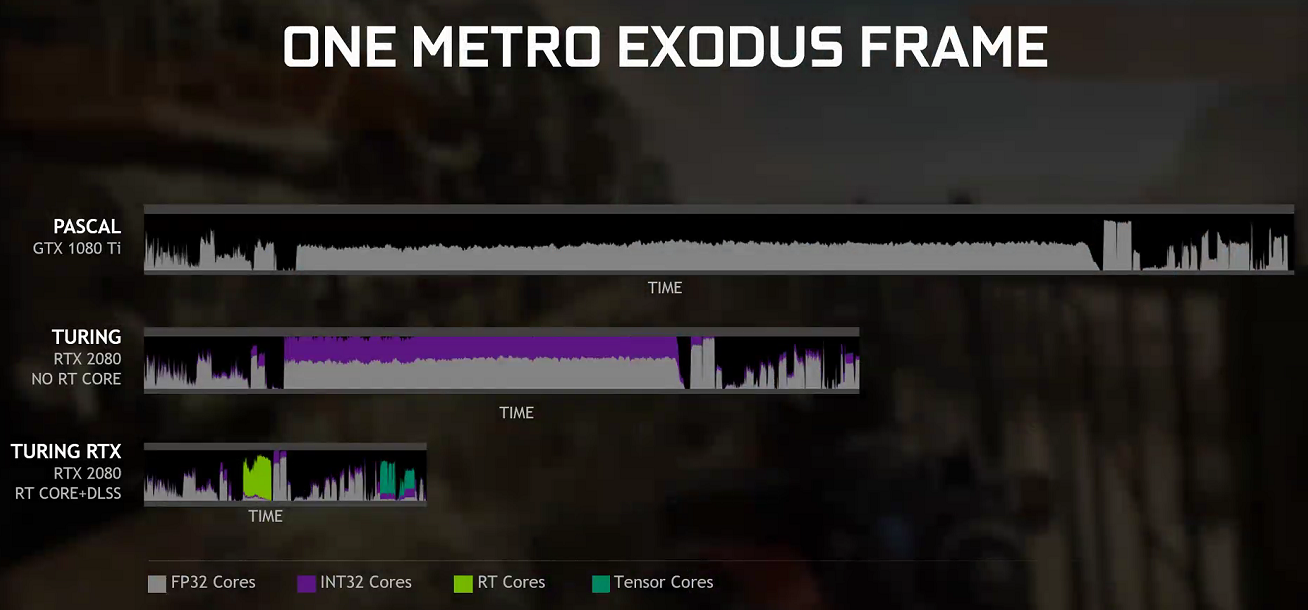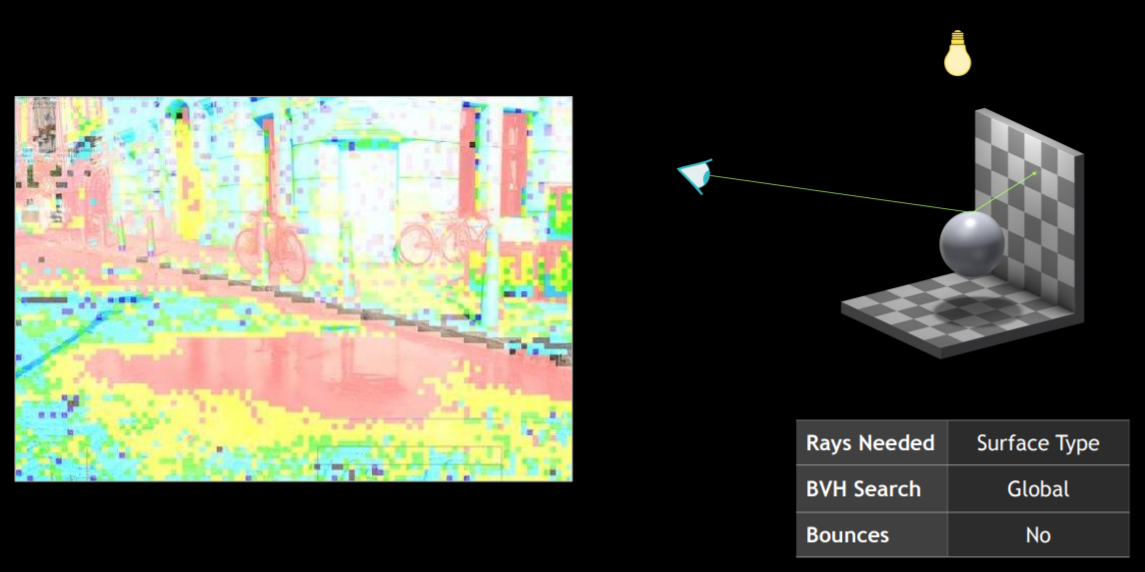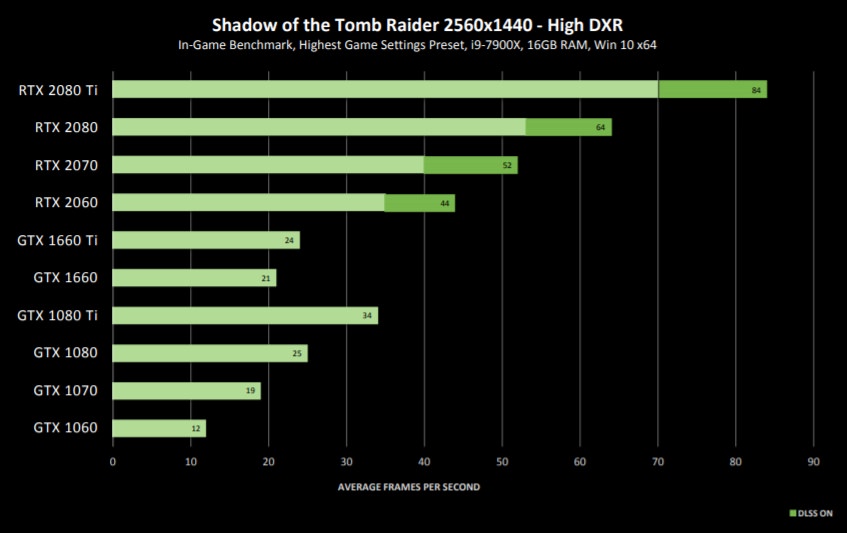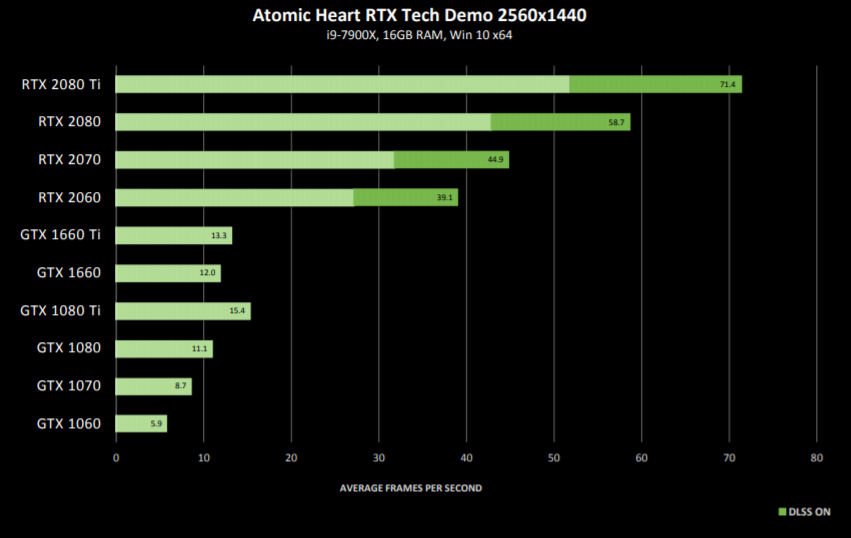Ray Tracing: How performance decreases with video cards without hardware implementation
NVIDIA invited us to a conference call where its engineers explained how the Turing architecture boosts application performance in Ray Tracing.
Ray Tracing at GDC has become the main topic of analysis and discussion, with announcements, among others, of integration into Unreal and Unity Engine. The NVIDIA implementation is based on the Microsoft DirectX Ray Tracing within DX 12, the graphic libraries that have increased the possibility for developers to have control over the hardware and the rendering pipeline.
The DXR, in particular, have introduced a new workload, implementing the so-called Bounding Volume Hierarchy, an algorithm that evaluates the intersections between light rays and triangles to manage light tracking, which is fundamental for the application of the Ray Tracing technique.
It is Microsoft (but remember that ray tracing is also available in API Vulkan), and not NVIDIA, to dictate the pace on new rendering techniques, and ray tracing will definitely be at the basis of three-dimensional graphics of the games and digital applications future, becoming a point of reference as now they are pixel and vertex shaders.
NVIDIA probably arrived too early, immediately introducing the GeForce RTX architecture-based Turing, back when the games do not implement well the Ray Tracing. For this reason, it is called upon to explain well. What are the benefits to users, the quality and performance plans, permitted by the new architecture that debuted with the GeForce RTX 2080.
Ray tracing will be used more and more pervasively by video game developers, and this will require suitable hardware in the coming months/years. Consider, from this point of view, how Epic Games and Unity have also announced to the GDC that they will integrate tools to manage Ray Tracing within their respective graphic engines, today the reference points for desktop and mobile applications respectively.
NVIDIA showed a slide with a comparison of the use made of the hardware to process a frame, differentiating between three cases. First of all, observe how Pascal takes much more Turing time to process the Ray Tracing frame, while Turing takes less time when using RT Core, which is the part of the GPU that corresponds to the hardware implementation of Ray Tracing.
If you do not use RT Core, you are going to occupy a certain number of INT32 Core, which instead can be left to other calculations if Ray Tracing is implemented via RT Core.
However, as NVIDIA specifies, this only applies to Metro Exodus, because other games use hardware differently. Metro Exodus uses RT cores to process global lighting and environmental occlusion.
Battlefield V instead made a completely different use of Ray Tracing (with better results for the user in our opinion) because it focused on reflections. Looking at the next slide, we understand how the implementation works.
The parts in red correspond to the parts of the screen that can generate reflections: the game developer, in this case, can decide the amount of areas that generate reflections depending on the computing resources at his disposal.
Microsoft makes the Ray Tracing available to all architectures beyond the availability of hardware implementation, as already seen. So, theoretically this is also obtainable with a GeForce GTX up to 1060: for the reasoning we did before the Ray Tracing in these cases is calculated using INT32 Core, which greatly compromises performance.
Still different is the implementation of Ray Tracing in Shadow of the Tomb Raider, because it affects shadows. In this case, the developer can modify the number of light sources that lead to the projection of the shadows to obtain more or less detailed shadows.
The performances change according to the composition of the scene and the performance gap between the card with Turing architecture and the card with Pascal architecture can diverge in a consistent manner. The more there are elements that trigger effects in Ray Tracing, the more this gap increases in favor of the Turing cards.
The real Ray Tracing, on the other hand, works even more in depth than the implementation, for example, in Battlefield V. In the latter case it is a matter of simulating the behavior of the light ray from the eye to the object, but in other implementations, such as the Atomic Heart tech demo, it is a matter of calculating the radius even beyond the first bounce of the light, then from the object to a second object, after passing from the eye to the first object. This type of Ray Tracing organization makes an even more consistent use of the RT Core.
It was also explained how Ray Tracing helps in the elaboration of environmental occlusion. There is an important difference compared to the previous cases, because the Bounding Volume Hierarchy is applied here only on very detailed areas of the game screen, that is near the contact areas (the only ones affected by the environmental occlusion) between two different polygons.
Besides Atomic Heart, NVIDIA has released two more demos of the Ray Tracing, Justice and Reflections technologies. Details on the new NVIDIA demos can be found here.

